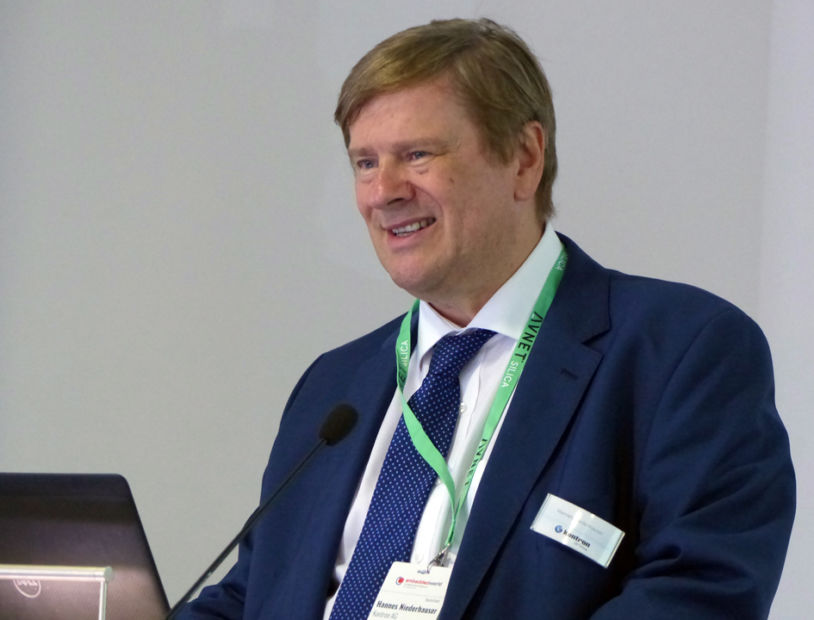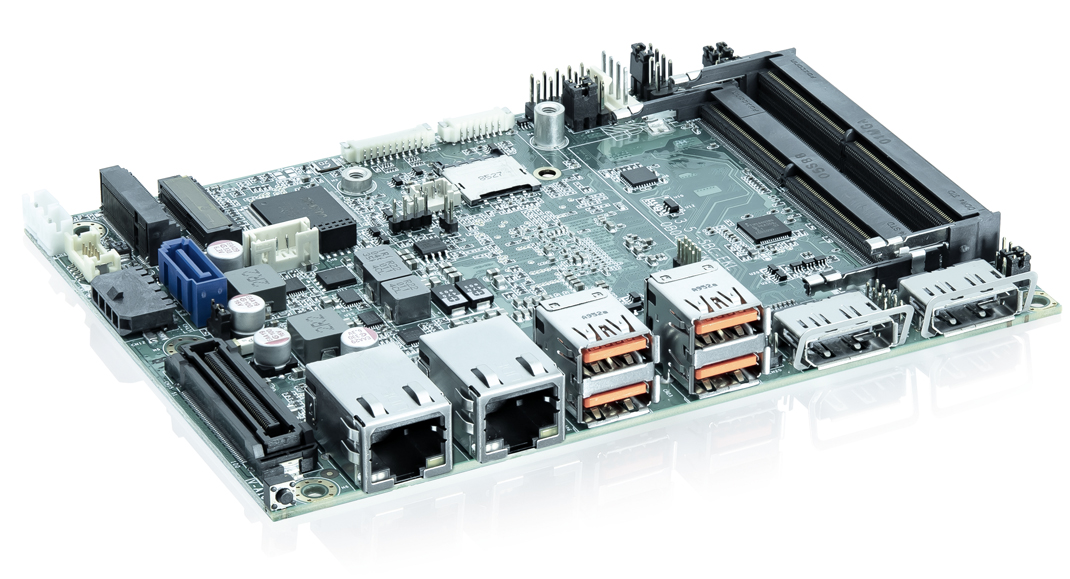Kontron switches focus to pure IoT
- June 29, 2022
- Steve Rogerson

German embedded technology giant Kontron plans to become a solely IoT company, and is thus putting its IT services business up for sale, the company announced at last week’s Embedded World conference in Nuremberg.
This will see the streamlined company go from 6200 employees to just 4000 with revenue dropping from $1.5bn to $1bn.
“The focus will be on IoT with a spread moving from a European focus to the USA and China,” said CEO Hannes Niederhauser.
He said eighty per cent of the firm’s revenue today was in Europe. He expects growth in both Europe and international to be around twelve per cent per year.
“Our major target is the IoT market, especially industrial IoT,” he said. The company is also heavily involved in medical, transportation and communications.
Going forward, he said the company would focus on seven divisions. Four would be technology based, including the fastest growing software segment, along with transport, design manufacturing and communications. The other three would be regional covering Europe, America and Asia.
He said the major problem facing Kontron and others was the chip shortage and as such it had increased its inventory.
“We finished last year with €300m in cash and that is a cushion to go forward and helps us to sleep well,” he said.
Due to the war in Ukraine, he said Kontron would reduce its business in Russia as much as possible, which could cost it around €30m in revenue this year.

Among product launches at the show was the SBC-EKL, a 3.5-inch single-board computer for developing compact IoT edge devices with low power consumption and high computing and graphics performance.
The SBC is suitable for safety critical real-time computing around remote applications in industrial automation, smart city, retail or healthcare. Compared with the previous generation, the processors score with nearly doubled graphics performance with up to 32 GPUs.
With the improved GPU performance, AI and image processing tasks in particular can be accelerated.
The board is equipped with two DDR4 SO-DIMM memory slots as well as two 2.5GbE LAN interfaces, four USB 3.2 Gen2 interfaces and one Sata 3.0 to enable high data transfer rates between storage and peripherals. In addition, the board has two DisplayPort connectors on the back and supports 4K UHD resolution at 60 frames per second.
Some models support Intel TCC time coordinated computing technology and TSN time sensitive networking. They also provide low-latency Ethernet communications.





